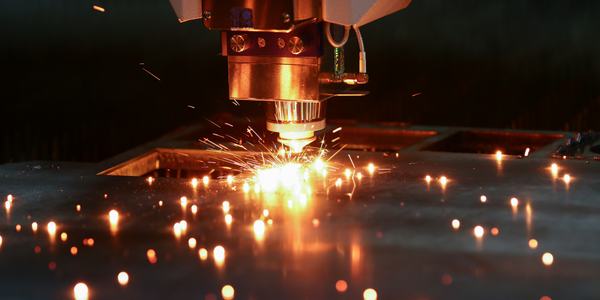The ELI Beamlines Facility is a leading laser research center and part of ELI (Extreme Light Infrastructure) pan-European Research Infrastructure hosting the world’s most intense lasers. ELI provides unique tools of support for scientific excellence in Europe. ELI Beamlines developed and operates four leading-edge high-power femtosecond laser systems reaching unprecedented intensities. ELI Beamlines offers its users unique femtosecond sources of X-rays and accelerated particles. These beamlines enable pioneering research not only in physics and material science but also in life science, laboratory astrophysics, and chemistry with strong application potential.
Currently, several of the main laser beamlines are operational and are being expanded and upgraded to reach their full performance and maximum availability. Other laser beamlines are in commissioning and new cutting-edge laser sources are in the design and development phase. The ELI Beamlines Facility builds on 320 researchers, engineers, and other professionals from more than 25 countries.
Read More




